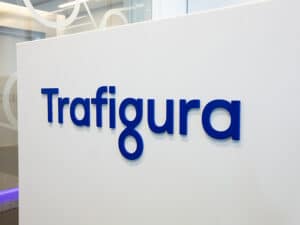
KNMR rescue craft passes capsize tests
Written by Nick Blenkey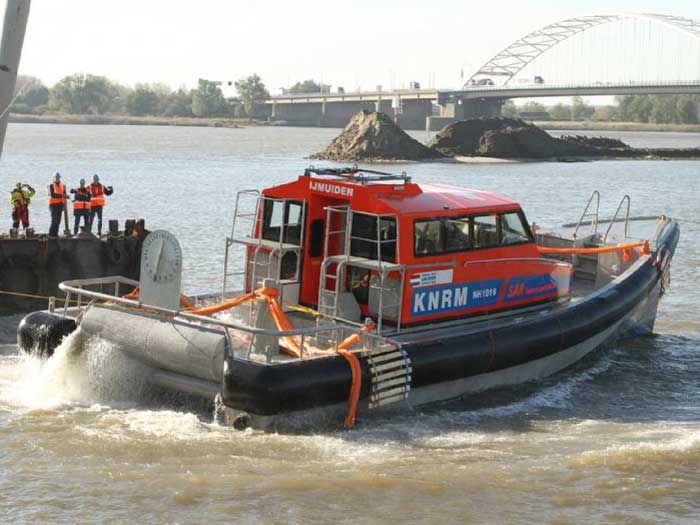
Rescue vessel rights itself after test
NOVEMBER 5, 2013 — The latest rescue vessel commissioned by the Royal Netherlands Sea Rescue Institution (Koninklijke Nederlandse Redding Maatschappij, “KNRM”) has passed one of its most important series of trials.
Capsize trials at Damen Shipyards Group in Gorinchem had to show that this new generation of rescue vessel is capable of righting itself. In four different tests, the rescue vessel righted itself to its normal position within a few seconds of capsizing — a life-saving feature in extreme conditions.
The KNRM’s rescue vessels have to be deployable in all weather conditions and are being designed to the most rigorous standards. Seakeeping and stability are the most crucial factors in safety. For the crew, however, comfort and user-friendliness are also key features.
The 19 m long NH1816 rescue vessel combines all of the technical, ergonomic and operational features the KNRM wanted in a remarkable new design.
The rescue vessel’s self-righting capability was created by the vessel’s low point of gravity and the air bubble in the wheelhouse, which enable the capsized ship to right itself quickly like a self-righting bath toy. The engines and equipment on board are designed to continue operating even after the vessel has capsized.
In its nearly 200-year history, the KNRM has lost 69 rescuers to drowning. Most of those drownings occurred when rescue rowboats capsized in the first 100 years. The advent of motorizåed, self-righting rescue vessels not only increased safety, but deployability as well. Nowadays, rescue missions under weather conditions that would have forced rowboats to abandon their mission can simply continue. This means that risks have increased as well.
Since 1990, at least twelve rescue vessels have capsized. Two of them, from Terschelling and Ameland, were examples of the largest category of rescue vessels and were able to handle extremely poor weather conditions. Thanks to their unique features, the rescue vessels were able to continue sailing and bring their crews of volunteers safely back to shore.
The KNRM expressed its need for a completely new type of rescue vessel in 2008. A donation to the KNRM from Dutch insurance company “Noordhollandsche 1816” (NH 1816), allowed the design phase to begin in collaboration with Damen, the Maritime Technology faculty at Delft University and De Vries Lentsch Naval Architects.
After completion the KNRM will deploy the SAR NH 1816 from IJmuiden, with a permanent captain and an on-call crew. Sailors along the entire coast will carry out trials and familiarize themselves with the vessel. The rescue vessel is intended to be the future replacement for the current Arie Visser-class vessels. These ten 19 m rescue vessels began being built in 1999 and they continue to deliver outstanding performance. Over the next 20 years, in order to keep the KNRM in line with the latest global developments in rescue work, these vessels will gradually make way for the new generation of rescue vessel.
Boat was capsized using special rig


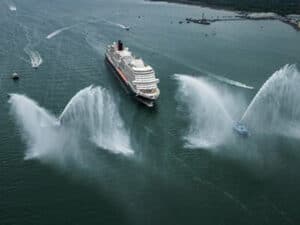

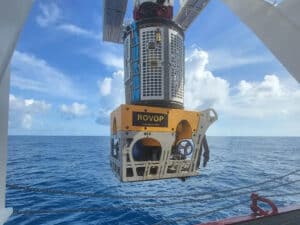
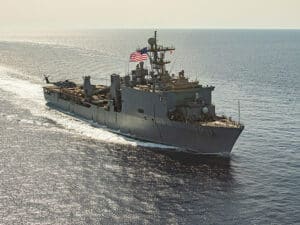
Leave a Reply
You must be logged in to post a comment.